“Catholic Pages” warns of the dangerous path lying ahead:
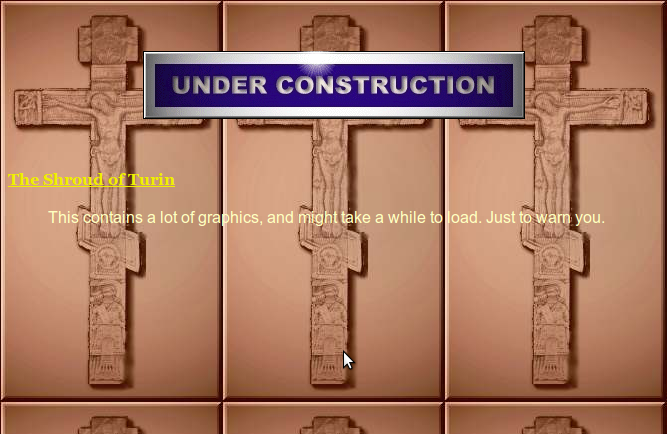
Original URL: http://www.geocities.com/Heartland/Plains/1732/Our_Lord.htm
“Catholic Pages” warns of the dangerous path lying ahead:

Original URL: http://www.geocities.com/Heartland/Plains/1732/Our_Lord.htm
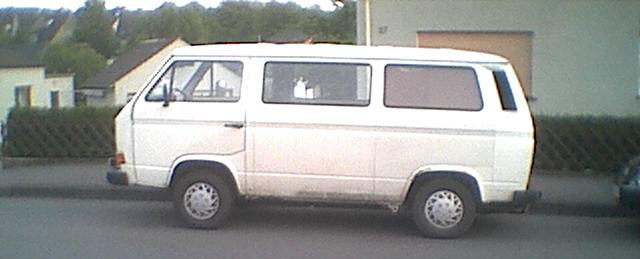
Photos made with digital consumer cameras almost 10 years ago have a quite special quality. One can see their age, not from counting JPEG artifacts, but from the pale colors, prism effects around edges of objects, small pixel size, and most of all, the absence of people posing next to their achievements.
Photos used to exist in the context of a home page. There was not really a need to put yourself on a photo if you claimed that this was a car you renovated. It was clear, why else would you spend the server hosting space with a huge image file? Today, when photos are copied around image hosting services and almost as easily copypasted as text, you will never go down in history as the best car renovator ever if you are not present on the photo.
Original URL: http://de.geocities.com/elhondaboy/Bilder/bilder.html
“Narnies World” is one long page of hyperlinks, covering the following topics:


It seems to be a personal link list that has grown into a valuable resource for the inhabitants of Okeechobee, Florida. That explains why the topical mix hardly makes any sense to outsiders. Paid banners from local businesses and personal interest are blended without any indication on what is what – a true surfer’s paradise!
Oirginal URL: http://www.geocities.com/PicketFence/Garden/6268/
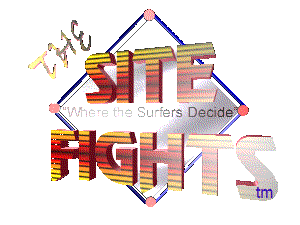
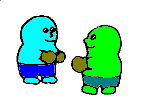
From the Geocities home page “LadyMouse’s Queendom” I found several banners linking to SiteFights. It is an innocent web linking project where users create home pages and include links to SiteFighters. Then surfers can vote for their favorite page. The creators of the home pages are organizing themselves in teams and try to win the most votes together, in the meantime the team captain explains HTML basics and they share tips on how to make their creations become more popular.
Apparently it was also possible to grow Christmas trees and adopt holiday dragons on one’s home page, by placing certain links back to the SiteFights server and to get different statuses, from “fighter” to “fighter/fairy” to DFairy of DRealm of the Fairies.
It is really recommended to read the rules and guidelines on the still operational site. Especially the press section is nicely designed.
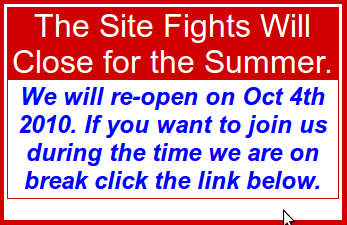
SiteFights promised a comeback that apparently never happened. The “Spiritbooks” (aka Guestbooks) are full of speculations why it happened. The last real date when it was updated seems to be some time in 2005 – well, starting in 1996 that makes 9 years, not bad for a completely non-commercial, community run effort.
The most interesting part about it seems to be that many things were made manually. When a site was submitted to the competition, a “web patrol” would check if it contained the links required by the rules. They would give report if the submission was accepted “the next Monday” … after a weekend full of web surfing fun!
Original URL: http://www.geocities.com/Heartland/Pond/6381/c-index.html (this is the Geocities page from which I reached SiteFights)
Clicking through the site of Valentine Michelle Smith of West Hollywood, I was puzzled by its schizophrenic appearance.
How can it be that the same person would put a Saturn devider

over starry night background
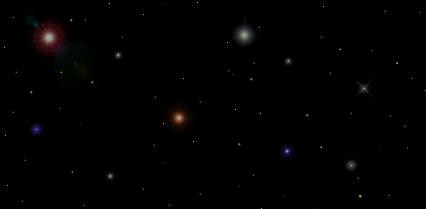
and then, on the next page, stack teddy bears over teddy bears?
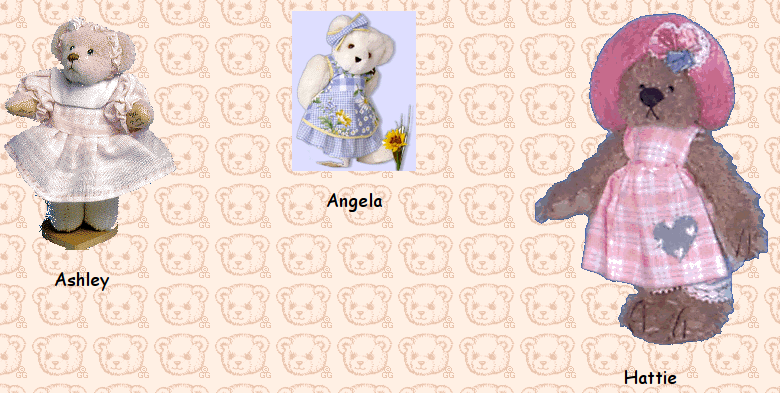
The website is not just modular as most of its contemporaries, but eclectic. The latter is unusual for amateur webdesign.
The mystery has a very simple explanation: the author is a cross-dresser.
Original URL: http://www.geocities.com/WestHollywood/Village/9398/
Award buttons were a big thing in Geocities and outside. But it is difficult to find a neighborhood that was more serious about them than Pentagon. There is hardly a site without an award. For example, Military.com was generous in distinguishing soldiers of the electronic frontier with a medal.

Original URL: http://geocities.com/Pentagon/1083/


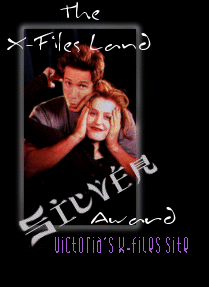
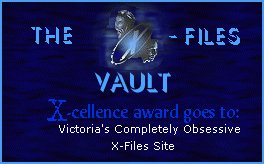
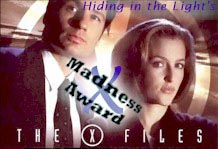

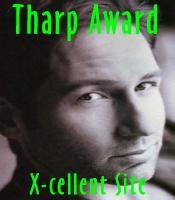
Original URL: http://www.geocities.com/FBI_Woman_Scully/myawa.html

Original URL: http://www.geocities.com/WestHollywood/8498/